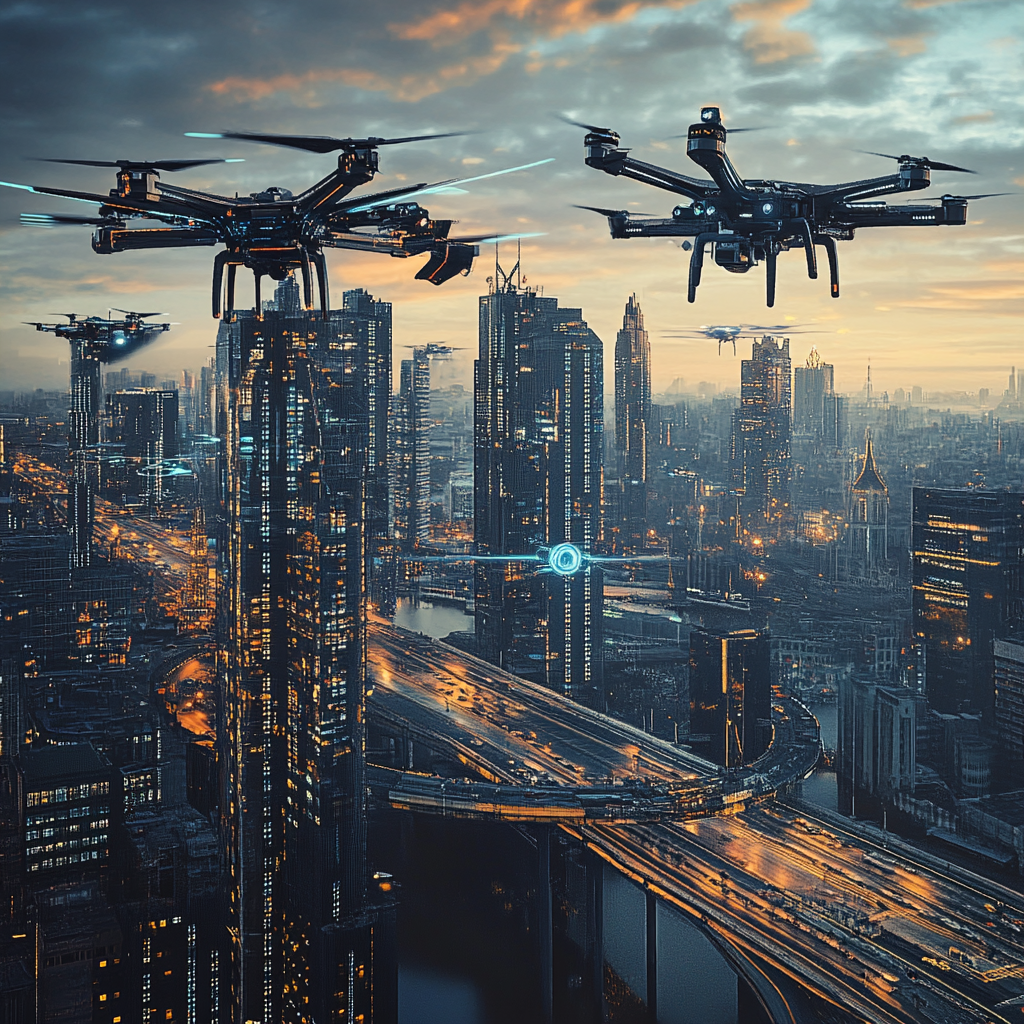
Engineers create ‘smart’ system to prevent future infrastructure disasters
Picture this: a world where the health of our bridges, roads, and towering edifices is monitored with the diligence of a doctor checking your pulse. Sounds like science fiction, doesn’t it? Well, hold on to your hard hats, because the wizards of engineering at Michigan State University are turning that dream into a concrete reality. They’ve cooked up a "smart" system aptly named MIDAS—Mechanics-Informed Damage Assessment of Structure—and it’s poised to revolutionize how we safeguard our infrastructure, just like your trusty smartwatch watches your heartbeat.
Let’s break down this ingenious creation into more digestible bits. MIDAS is not just another flashy gadget that collects dust in a lab; it combines sensors and artificial intelligence (AI) to keep a vigilant eye on the structural health of our vital infrastructures. Think of it as an electrocardiogram but for buildings and bridges. It’s constantly on the lookout, ready to detect hidden damage before it morphs into a full-blown crisis. Imagine the peace of mind for engineers and city planners! After events like earthquakes or nasty floods, MIDAS swoops in like a superhero to assess the impact on structures, translating complex data into digestible insights for safe evacuations and rehabilitation plans.
But how does this sorcery work? Herein lies the beauty of MIDAS:
Real-Time Monitoring: MIDAS employs an army of low-cost sensors that continuously check in on the structural integrity of our infrastructures. This isn’t about waiting for catastrophe to strike; it’s proactive rather than reactive.
AI Analysis: This isn’t your garden variety AI. MIDAS’s brain is nourished not just by raw data but also by expert engineering knowledge. It gets smarter every day, honing its ability to spot potentially serious issues that could escalate into catastrophes. We’re talking about early detection on steroids here!
Custom Baseline Models: Each structure gets its own unique fingerprint. Yes, just like you! MIDAS creates a custom baseline that empowers it to autonomously recognize changes or damages. When it senses a deviation, engineers get the news in real time. The quickness and precision of this alert system are what can spell the difference between a few minor repairs and an infrastructural apocalypse.
Now, let’s chat about the potential impact of this nifty system. America is home to a staggering 620,000 bridges, many of which are in dire need of TLC. Budget constraints complicate matters, but_with MIDAS_ on our side, prioritizing maintenance and repairs becomes less of a guessing game. Picture this: if MIDAS had been operational before the catastrophic collapse of the Francis Scott Key Bridge in Baltimore in 2024, it could have flagged telltale signs of weakness. Engineers might have been alerted to reinforce the structure, potentially avoiding a disaster that could have claimed lives and cost millions.
And while MIDAS shines in the area of monitoring and maintenance, it's not the only knight in shiny armor fighting the good fight against disaster. The landscape of disaster prevention is evolving, with some pretty fascinating technologies making waves.
Digital Twins: Imagine a virtual selfie of your infrastructure. Digital twins are essentially virtual replicas of physical structures, powered by sensors and IoT devices that constantly monitor performance. But they don’t stop at just observation; these twins can simulate scenarios and optimize designs for greater resilience. They’re cool in the way that they can predict failures and optimize maintenance schedules before calamity knocks on the door. [Check this out for more on digital twins.]
Advanced Materials and Designs: We're in an age where innovation reigns supreme. Architects and engineers now dabble in climate-responsive designs, nature-based solutions, and next-gen materials like high-performance concrete that boast exceptional endurance against nature's fury. [Read more about sustainable infrastructure here.]
Now, dear readers, let’s hone in on the conclusion and what it means for us moving forward. Here we stand on the precipice of a new era where engineers wield cutting-edge technologies like MIDAS and digital twins like superheroes ready to vanquish the threats posed by our aging infrastructure. These tools not only promise to save lives but also hold the key to preserving the economic lifelines that underpin our society.
As technology barrels forward at breakneck speed, expect more sophisticated systems that blend AI, IoT, and advanced analytics, ramping up our infrastructure’s resilience to levels we've only dreamed about until now. The horizon looks bright and full of promise, and with innovations like MIDAS, we inch closer to an existence where our infrastructure is not only safe but also impressively sustainable.
So, if you’re intrigued by these revolutionary technologies and want to dive deeper into how tech is reshaping our world, don’t just sit on your laurels! Here’s your chance to stay in the loop:
Want to stay up to date with the latest news on neural networks and automation? Subscribe to our Telegram channel: @channel_neirotoken.
Join the conversation and keep informed—after all, the future is happening now!

